An architect’s dream is to always design and provide beautiful structures for individuals. The designing and creating a beautiful residence to call home is everyone’s dream, especially designers and architects who can add their personal touch to their home and showcase one’s skills. A designer’s passion increases profoundly as it is their own home to design and construct. Famous architects when designing a residence for people are always bound by several restrictions, however designing their own space one can gauge the extent of their skills.
Listed here are twelve homes of famous architects;
Das Canoas House – Oscar Niemeyer
Location: Rio De Janeiro, Brazil
Das Canoas House is a family residence designed for Oscar Niemeyer for his family located in Brazil. It is considered one of the significant modern architectural examples in Brazil completed in 1951. The house design reflects the architect’s design style in the architecture. The design of the family house is an integration of minimalistic and organic architecture in design. The project has experimented with and utilized reinforced concrete as the primary material for construction. The interior spaces have been designed and decorated by Oscar Niemeyer and his daughter. The integration of vegetation in the family residence stands out.
Gehry Residence – Frank Gehry
Location: Santa Monia, California (United States)
The conventional residence brought by one of the famous architects Frank Gehry was designed and transformed into a family home designed by himself. The renovation of the older residence was completed in 1978. The suburban structure was transformed into an architectural landmark of deconstructivism in a residential locality. The family home was an integration of the existing structure with a new de-constructivist design. The older structure was retained with an integration of industrial materials (aluminium, chain-link fencing). The apex of the older house is jutting out of the new design of the façade.
Luis Barragan House and Studio – Luis Barragan
Location: Mexico City
The Luis Barragan House and Studio, referred to as Casa Luis Barragan located in Mexico City. The structure was the residence and studio of the renowned Mexican Architect Luis Barragan, renovated in 1948. The two-storey structure depicts the architect’s design philosophy and architectural style. It is considered an architectural and artistic modern masterpiece that integrates traditional and vernacular elements in design. This double plan form whose facade creates a single structure that faces the southeast direction. The exterior façade has a rough and unfinished concrete texture.
Mario Bellini Residence – Mario Bellini
Location: Milan, Italy
The residence was renovated as a family home for Mario Bellini which was built in the 19th century. The library is the dominating feature in the home design which is designed based on the architect’s love for books. The design of his residence is circulated in the tall library space which is nine metres high reaching the ceiling. The design is integrated in contrast to the existing structure’s period style. The tall library space is attached to a staircase reaching vertical library levels. The bright colorful abstract murals highlight and enlighten the residences existing design style.
Zaha Hadid’s London Loft – Zaha Hadid
Location: Clerkenwell, London (UK)
Zaha Hadid’s London Loft located in Clerkenwell (London), is a space furnished with the architect’s works created throughout her life span. The loft illustrates her passion and interest in developing wonderful curvaceous designs and products. The clean and white loft space has been elevated with curve and organic design elements and projects a part of her career. The house includes elements that highlight her career achievements and parametric designs and projects created by one of the famous architects of parametric design, Zaha Hadid.
Frank Lloyd Wright Home and Studio – Frank Lloyd Wright
Location: Illinois, United States of America
Gropius House – Walter Gropius
Location: Massachusetts, USA
Walter Gropius, founder of Bauhaus designed his Massachusetts home in the United States of America. It is an integration of modern Bauhaus teachings with traditional England design aesthetics. The residence was the first structure in New England that integrated international style design. Completed in 1938 and designed keeping in mind the surrounding vernacular architecture (Farmhouse aesthetics). The interiors have utilized Bauhaus elements such as furniture pieces by Marcel Breuer. Modern aesthetics is implemented in the local material utilization integrated with Bauhaus-inspired elements.
Alvar Alto House – Alvar Alto
Location: Helsinki, Finland
Alvar Alto residence was designed as a family home by the renowned, and one of the famous architects of 20th century, Alvar Alto and his wife Aino Alto completed in 1934. Designed as a detached home with an architect’s studio from 1934 – 1935. The surrounding site context remained untouched and designed respecting the natural surroundings. The residence utilized natural materials that complement the preserved vegetation and surroundings. The studio and residence have a single entrance but consist of distinguished house and studio spaces. The home is an example of modernist design with vernacular influence and Alto’s alternative ideas have been experimented and showcased in architecture and material utilization.
Glass House – Philip Johnson
Location: New Canaan, United States
The Glass House is a minimalistic home designed by Philip Johnson to create a family residence for himself. The design of the home revolved around the concept of creating a space with bare minimal essentials. It is considered to be one of the best examples of modern architecture. The home has an open floor plan (9.7 X 17 metres) composed of a single-level structure. The exterior façade is primarily composed of glass sheets enclosed in black steel piers, H beams, and frames. The entire interior of the home has been exposed except for the cylindrical bathroom space. The floor-to-ceiling height is 3.2 metres high (ten and a half feet) with the cylindrical form protruding above the ceiling height.
Le Cabanon – Le Corbusier
Location: Cote d Azur, France
Le Cabanon is a seaside hut located in France which is designed by one of the famous architects of all the time, Le Corbusier. The interiors and the exterior of the hut have primarily utilized timber as a construction material. The exterior façade is cladded with pine bark with slanting roofing. The square plan is 3.66 X 3.66 metres and 2.6 metres high hut. The single square cell consists of a working space, rest area, toilet, and wash basin area. The hut has been added to the UNESCO World Heritage. It showcases his modular design principles utilized in designing. The structure has been attached to a neighbouring café to the lack of kitchen space in the design.
VDL Research House – Richard Neutra
Location: Los Angeles, United States
Richard Neutra, one of the distinguished architects of the 20th century has defined modernism in California. The VDL Research House is a family home and studio designed by Richard Neutra himself. The home was designed in 1932 and was renovated and reconstructed in 1963 when a fire consumed his home. The home was re-designed by Richard Neutra and his son and partner Dion Neutra. The new structure is composed of a glass-wall wooden structure sitting on the older residence. The design consists of a glass home with a balcony and rooftop gardens and a garden home built on the top level in the later years.
David Chipperfield Residence and Studio – David Chipperfield
Location: Berlin, Germany
David Chipperfield’s residence and studio located in Berlin (Germany) was renovated and redesigned from an older piano factory. The three-storey concrete structure faces a semi-public courtyard zone. The interiors of the studio and the home consist of muted concrete wall tones integrated with a pop of color in the elements and space. The simple design is composed of cubic volumes that are perceived in several ways by individuals. The structure with a modern design yet maintains the historical connection of a typical courtyard structure.




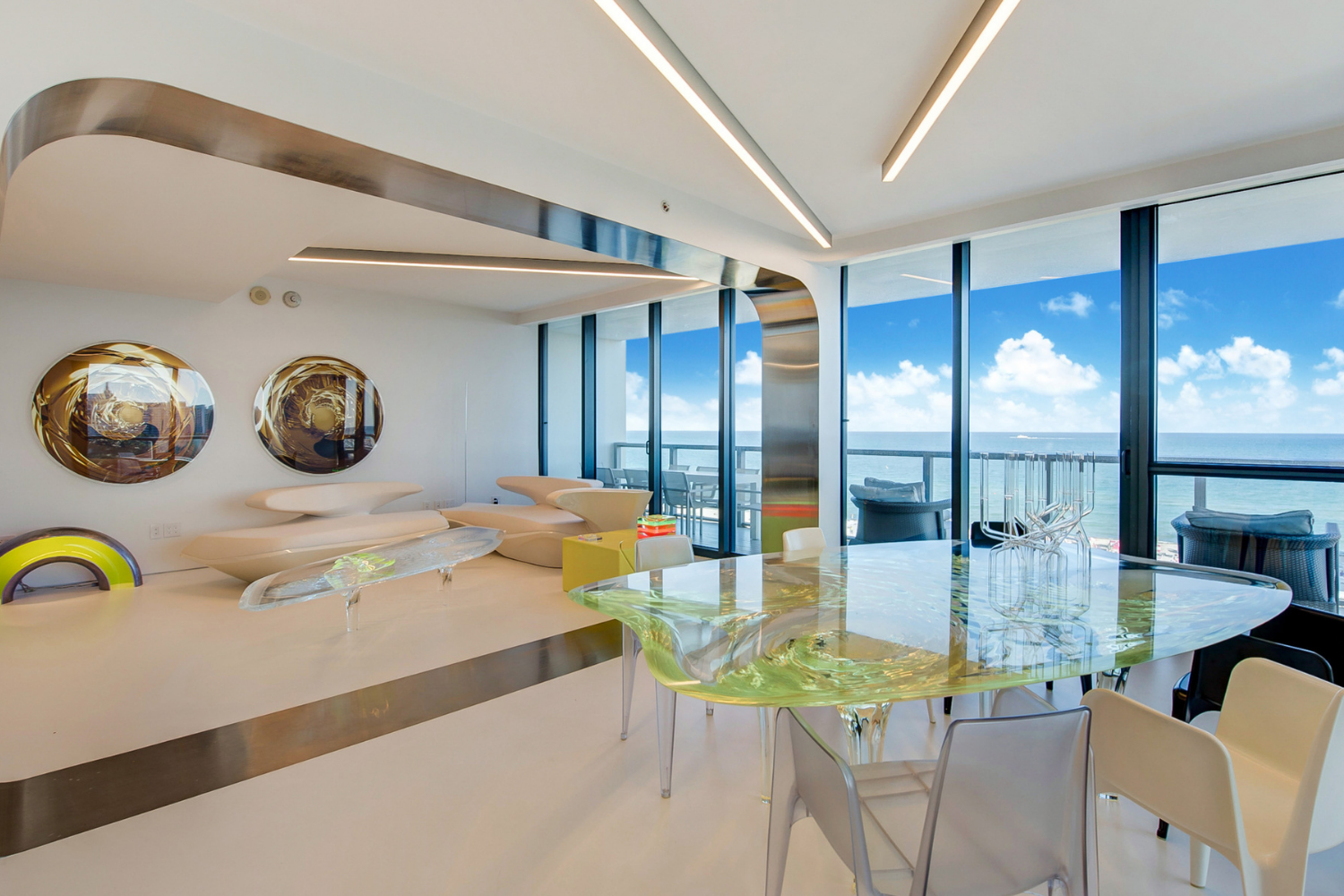
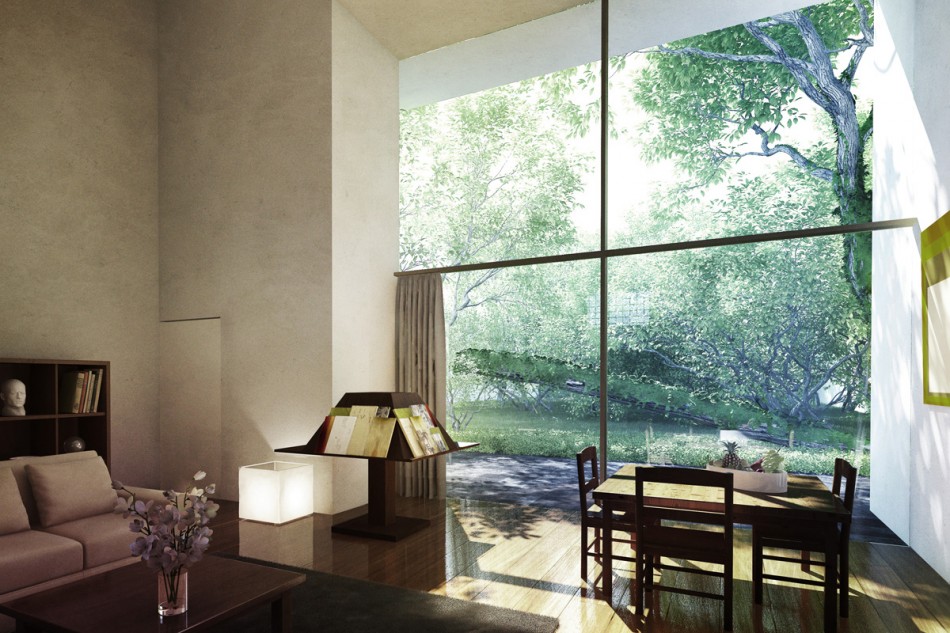
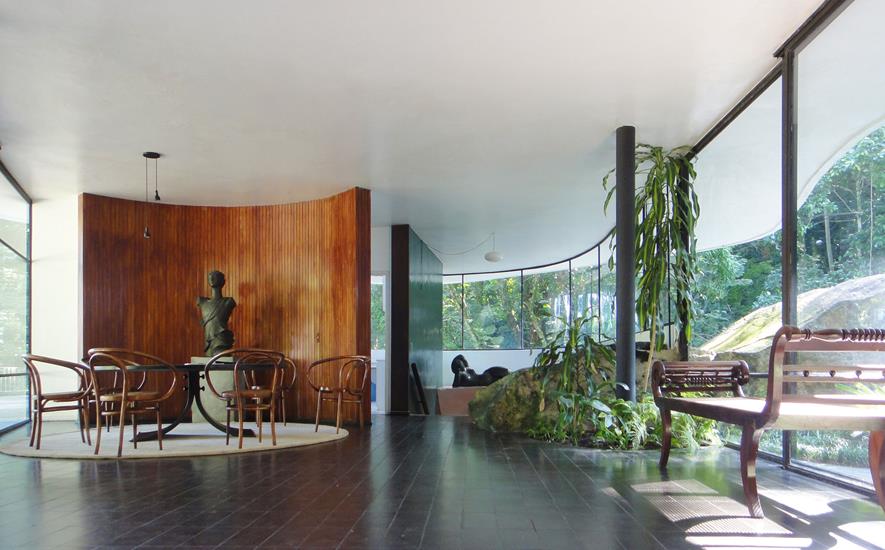
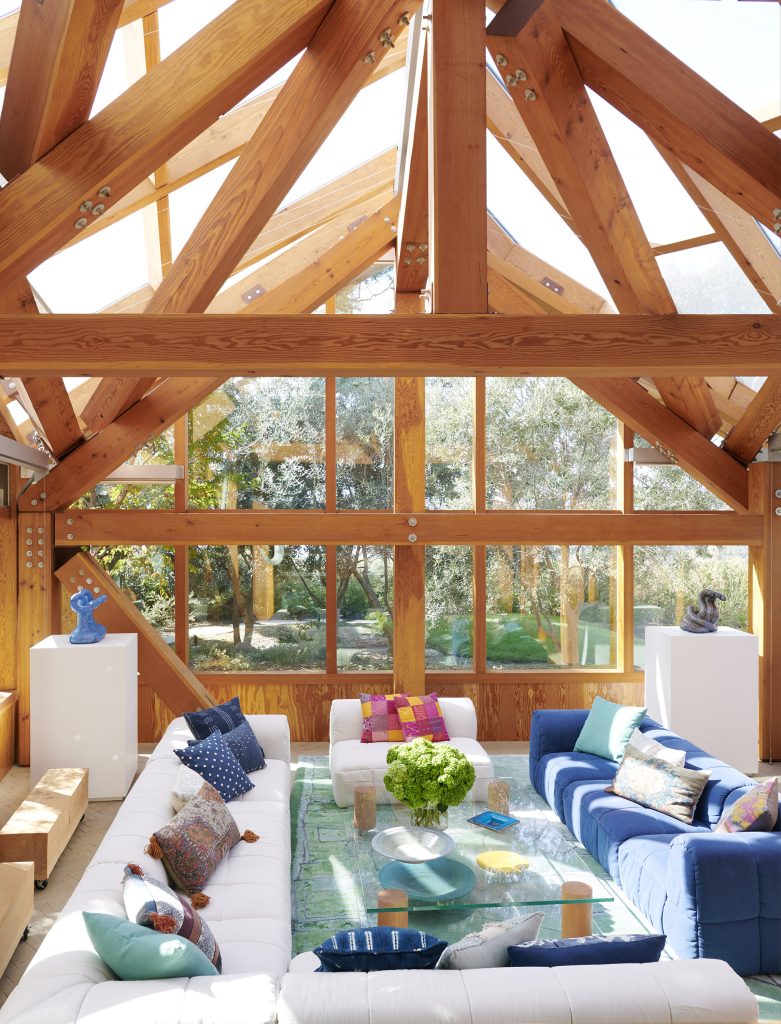
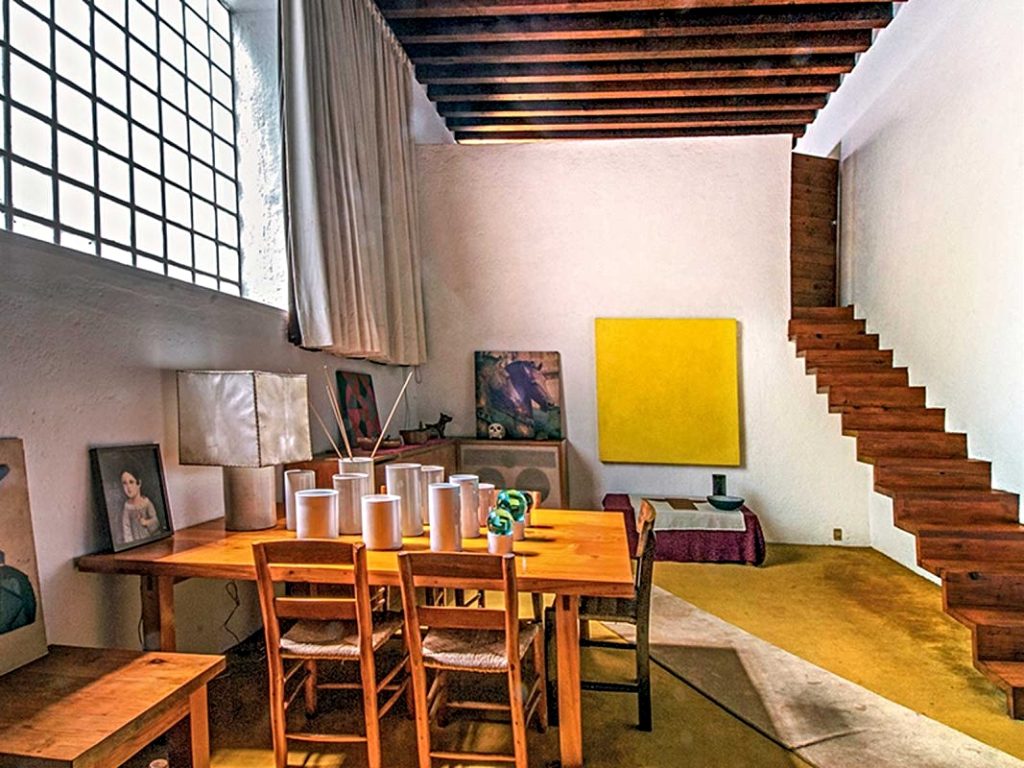

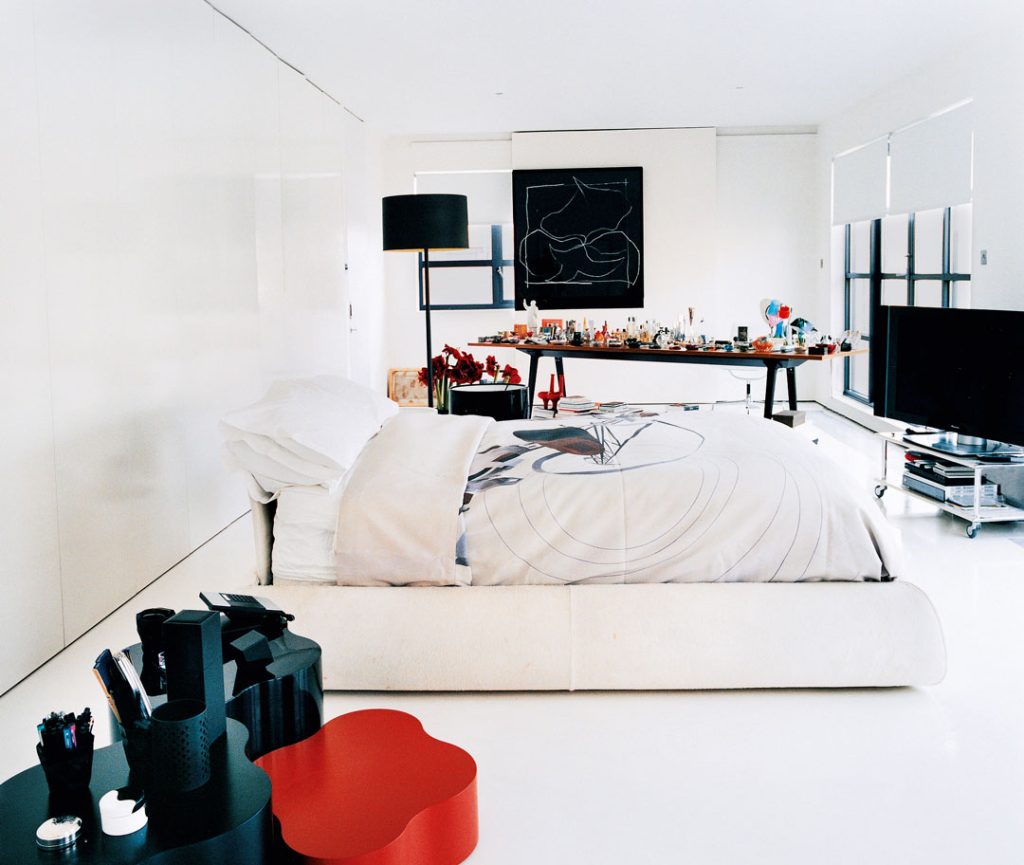
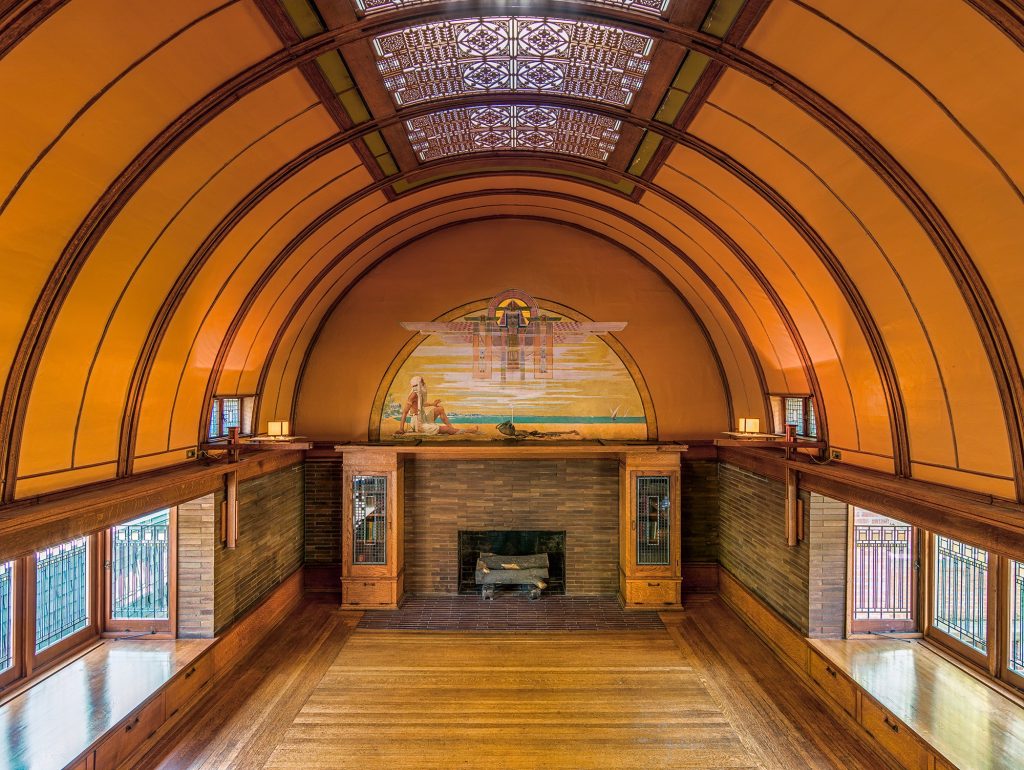
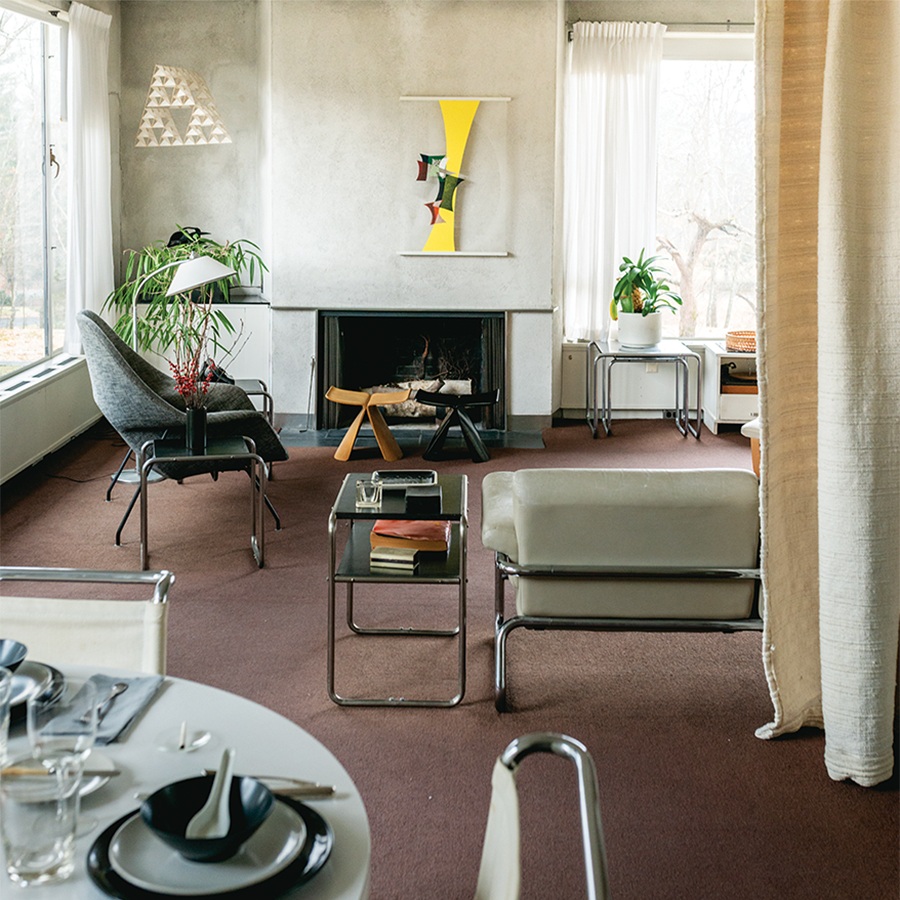

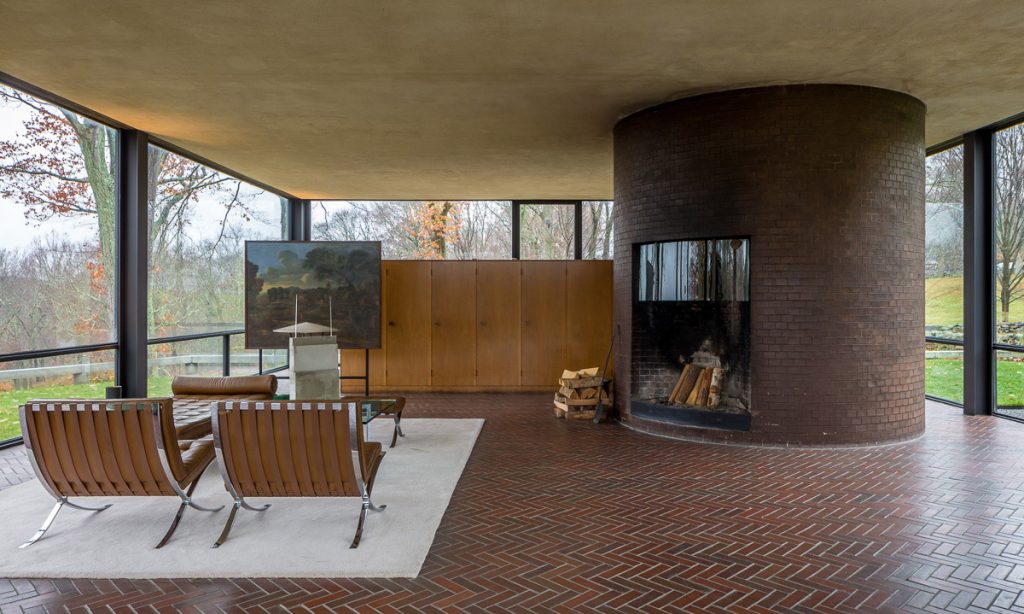
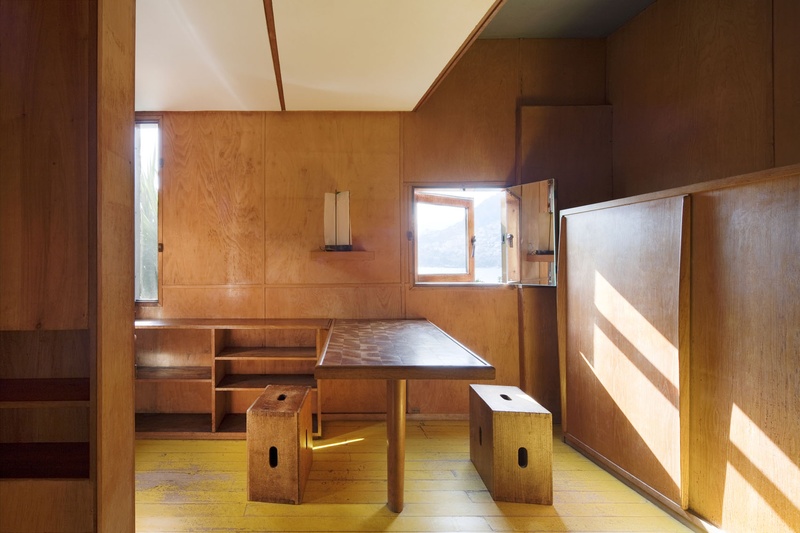
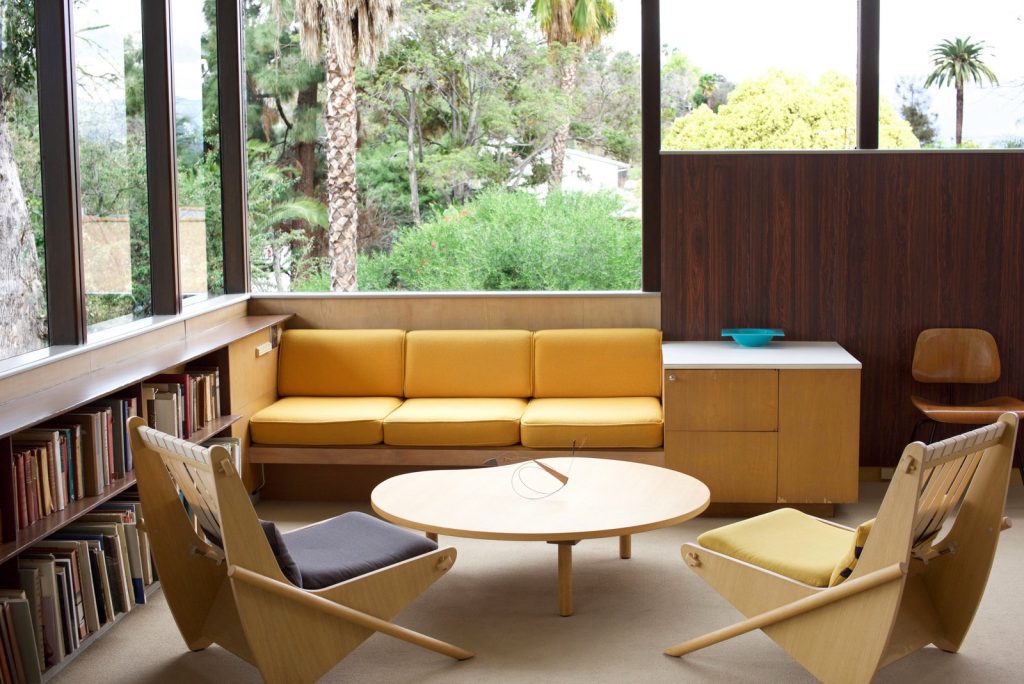
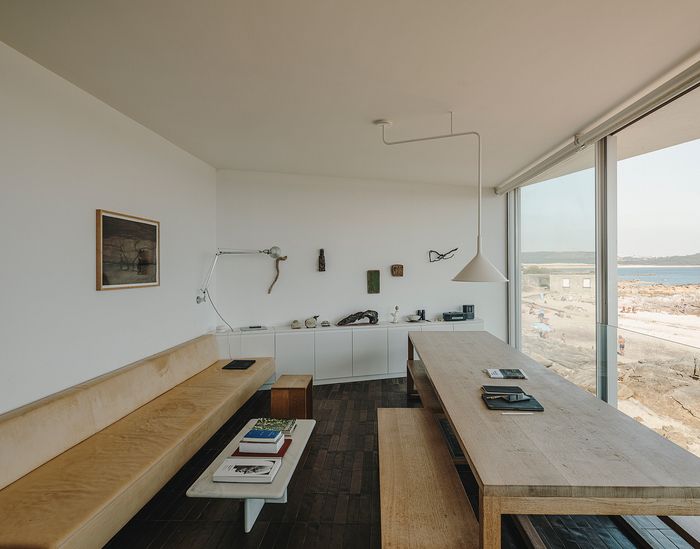














Leave a comment